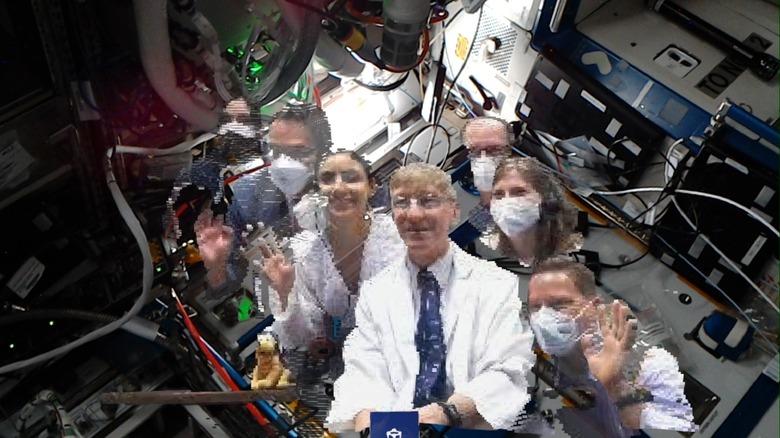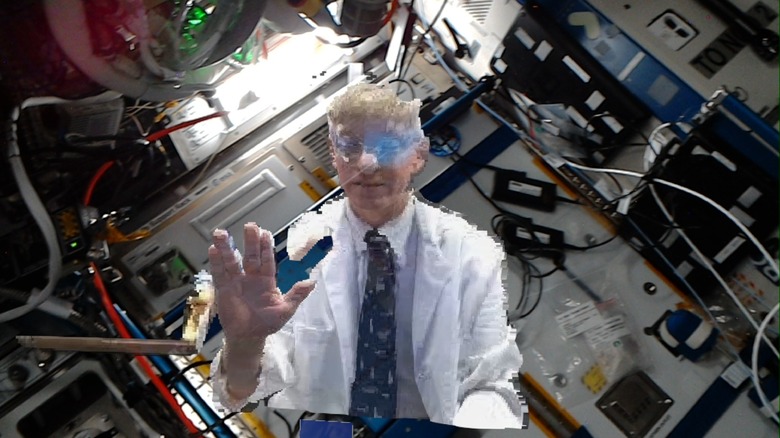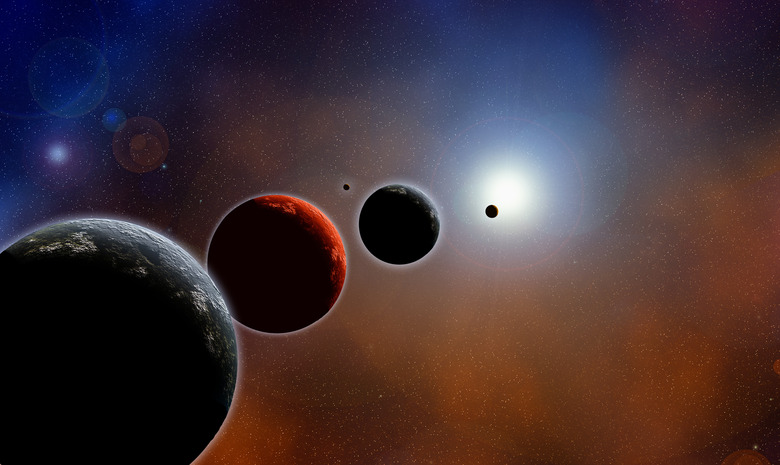NASA Used Hologram Tech To 'Teleport' A Doctor Onto The ISS
NASA is using 3D telemedicine to "teleport" doctors to the ISS. The process uses hologram technology, like Microsoft's Hololens camera, to transport high-quality 3D models to the space station. It's a new way that NASA is testing to help provide astronauts with the medical care that they need.
NASA's new 3D telemedicine system "teleports" doctors to space
With NASA and other space agencies pushing to put more people in space, we're going to need ways to communicate more efficiently. One prospective way of doing that is holoportation. The technology has been in use since at least 2016 at companies like Microsoft. However, this is the first time that NASA has used it. And, what better way to use it than in the pursuit of 3D telemedicine.
The growth of telemedicine has been exponential since the COVID-19 pandemic began. As such, it has helped establish new ways for doctors to reach people without risking exposure to viruses or diseases. Now, NASA is using that same tech to allow doctors to be holoported to the International Space Station.
"This is completely new manner of human communication across vast distances. Furthermore, it is a brand-new way of human exploration, where our human entity is able to travel off the planet. Our physical body is not there, but our human entity absolutely is there," Dr. Josef Schmid said in a statement NASA shared.
This was the first time that anyone has used holoportation between space and Earth. Further, it is the first time that 3D telemedicine has allowed for a two-way conversation to take place on the ISS with doctors on Earth.
A precursor for future space missions
NASA says that it is testing its current 3D telemedicine methods as a precursor for future space missions. The space agency says that it plans to use holoportation for private medical conferences, as well as family conferences and to bring VIPs to the space station. It would ultimately allow for an easier way for astronauts to visit with people.
And, if NASA perfects the system it could play a much larger part in the space agency's plans to put humans back on the Moon. It could also provide invaluable ways for astronauts to communicate with Earth in Mars missions down the line, too.
Of course, there are always next-step goals, too. NASA doesn't want to stop at simply allowing the use of 3D telemedicine. It also wants to combine holoportation with augmented reality for a true tele-mentoring system. It's unclear exactly how that would work right now, but it is something the space agency is working towards.
Currently, this method of 3D telemedicine relies on the Microsoft HoloLens. It also utilizes a custom software from Aexa. Together, those two components allowed for Dr. Schmid and others to virtually visit the ISS back in 2021.


